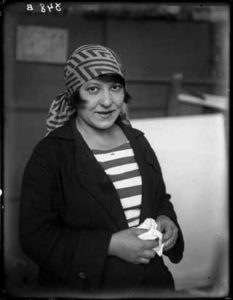
1894 - 1958
Varvara Stepanova

description
A Russian artist, designer and painter, fashion designer and polygraphist, a bright representative of the Moscow avant-garde, in particular, Constructivism, poet, the wife and associate of Alexander Rodchenko. She exhibited and published her paintings under the pseudonym Warst. One of the five main “Amazons of the Russian avant-garde” actively created a new world through art.
Being not only an artist but also a futurist poet, Varvara Stepanova drew inspiration for her first paintings in literature, and published her poems in handwritten versions, decorated with her own collages and drawings in different modern styles. Thus, she became a creator of a new creative genre known as “visual poetry”.
Joining the constructivist movement, Stepanova did not give up figurative easel painting and, as a result, occupied a special very individual niche in this art movement.
Varvara Fedorovna became the most famous, having created one and a half hundred drawings for fabrics, as well as special models called “overalls”. In the avant-garde magazine New LEF, she published an article, the content of which expressed her conviction that costumes and dresses should be not decorative but comfortable and functional.
Also, Stepanova worked as a stage designer, offering the Meyerhold Theater a completely new functional approach to stage decorations and costumes for actors. In the production of the play by A.V. Sukhovo-Kobylin, «The Death of Tarelkin», Stepanova was a “designer”, and S. Eisenstein was a laboratory assistant (that was written on the poster). Later, Stepanova applied her design experience working in the field of book and magazine prototyping, designed dozens of photo albums.
The works of Stepanova are in many leading museums of the world, including the Museum of Modern Art in New York, the State Tretyakov Gallery in Moscow and the Thyssen-Bornemisza Museum in Madrid. The largest collection of paintings by the artist is stored at the Personal collection department of The Pushkin State Museum of Fine Arts.
Key ideas:
– Having studied at the Kazan Art School for three years, Varvara Stepanovna met A. Rodchenko and accepted his “symbols of the latest creative faith». This made her move from the early graphics in the manner of Aubrey Beardsley to semi-abstract and cubo-futuristic painting, as well as from symbolist poetry to “abstruse” verses. She entered the avant-garde circle of artists at the peak of their activity.
– The presence of stylized figurative and substantive motives is obvious in the basis of Stepanova’s pointless creations. The artist preferred to use rather geometric forms than the philosophy of this artistic language. So, in a series of illustrations for the poem by Aleksei Kruchyonykh «Gli-Gli», she wittly parodied art system of painters she knew – Malewicz, Udaltsova, Klyun, Popova and Rozanova. She started to experiment with phonetic abstruse poetry.
– In her handwritten poetry collections, Stepanova used the technique of abstract graphics in the form of spots and strokes. These drawings were shown at exhibitions in separate pages, and their author was recognized as the creator of the new creative genre of «visual poetry».
– The peculiarity of the nature of her creative talent predetermined the rapprochement of Stepanova with the constructivists, who left both traditional and abstract art in the utilitarian plane of the real production of things.
– Having become an apologist for the “production workers”, she collaborated with a chintz factory (created drawings for cliches), the Meyerhold Theater (designed costumes and stage furniture), a number of avant-garde (LEF, New LEF) and professional magazines.
1894
1910
1915
1918
1919
1921
1922
1923
1924
1925
1941
1955
1958
The birth of the artist
Studied at the Kazan Art School for three years

Moved to Moscow

Participated in two Moscow vernissages
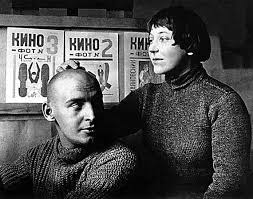
Exhibited her paintings at the State Exhibition "Pointless Creativity and Suprematism" in Moscow
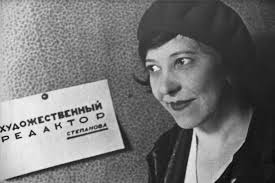
Collaborated with the Institute of Artistic Culture
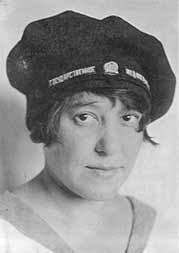
The artist took part in the First Exhibition of Russian Art at the Van Diemen Gallery in Berlin
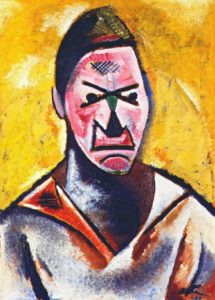
Started cooperation with the «LEF»
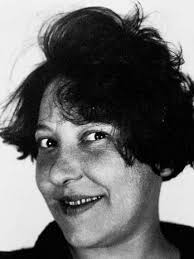
She started teaching students as a professor at the Higher Artistic and Technical Workshops
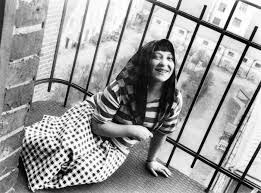
Stepanova was an artist of the film "Breakaway"
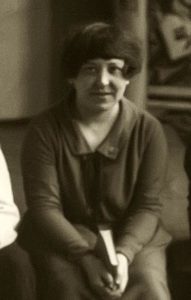
She worked as an artist in the magazine "Soviet Woman"
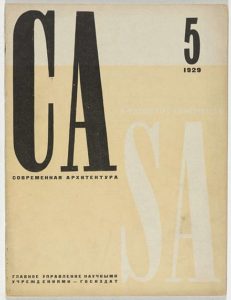
A year later and after the death of her husband, she organized his first major photographic exhibition

The death of the artist
The artist died on May 20, 1958 in Moscow, USSR.
Varvara Stepanova
On Artist
flow
Post-impressionism
Constructivism
Cubofuturism
friends
Alexander Rodchenko
Lyubov Popova
Olga Rozanova
artists
Konstantin Yuon
Ilya Mashkov
Vladimir Tatlin
El Lissitzky
Kazimir Malevich
By Artist
flow
Constructivism
friends
Alexandra Exter
Vasily Kandinsky
artists
Ivan Klyun
Alexander Vesnin
Nadezhda Udaltsova

